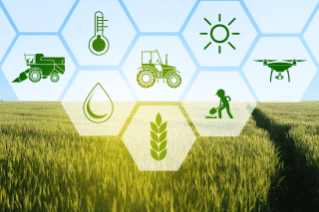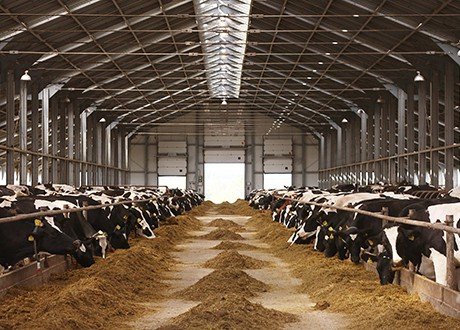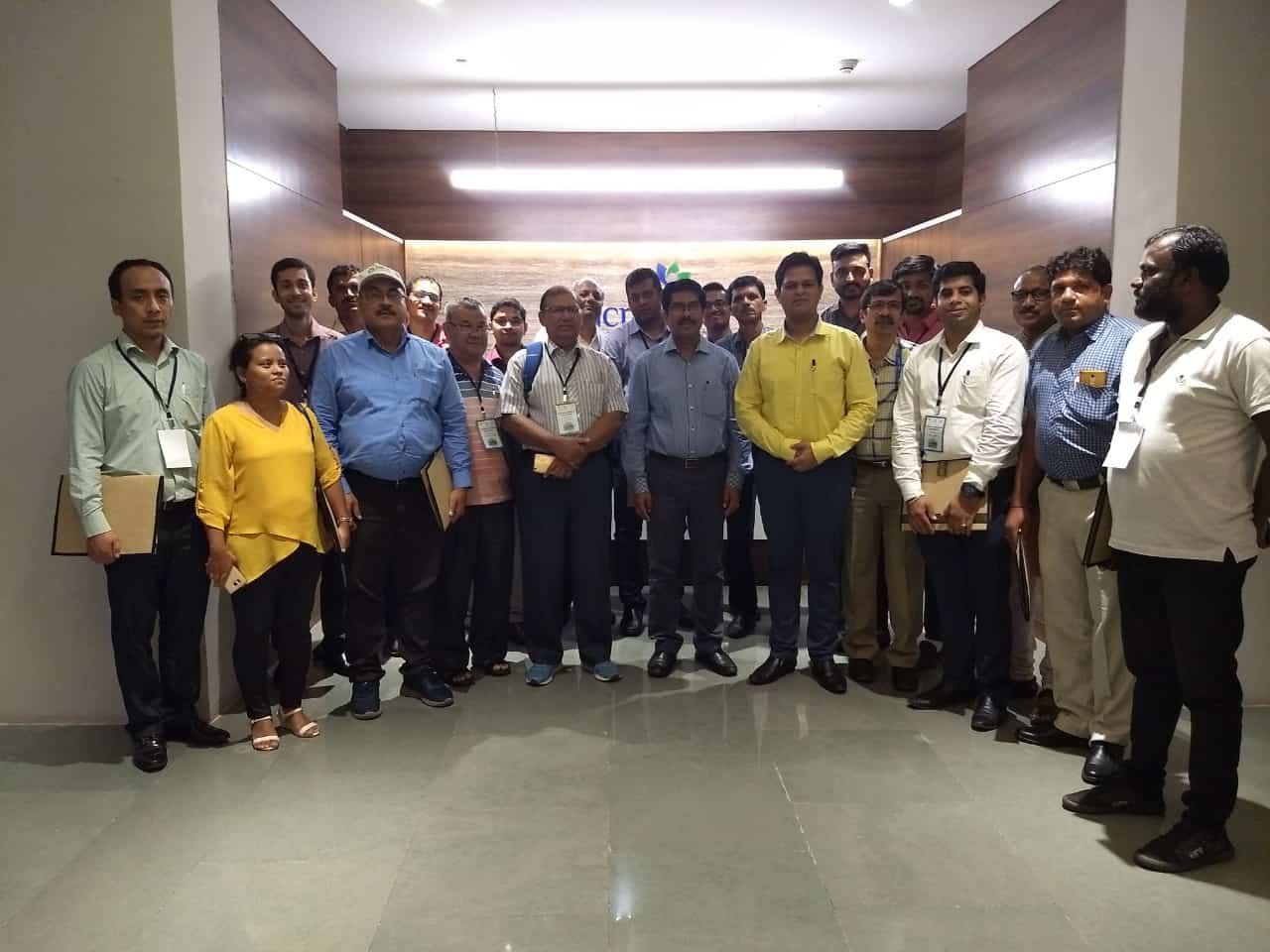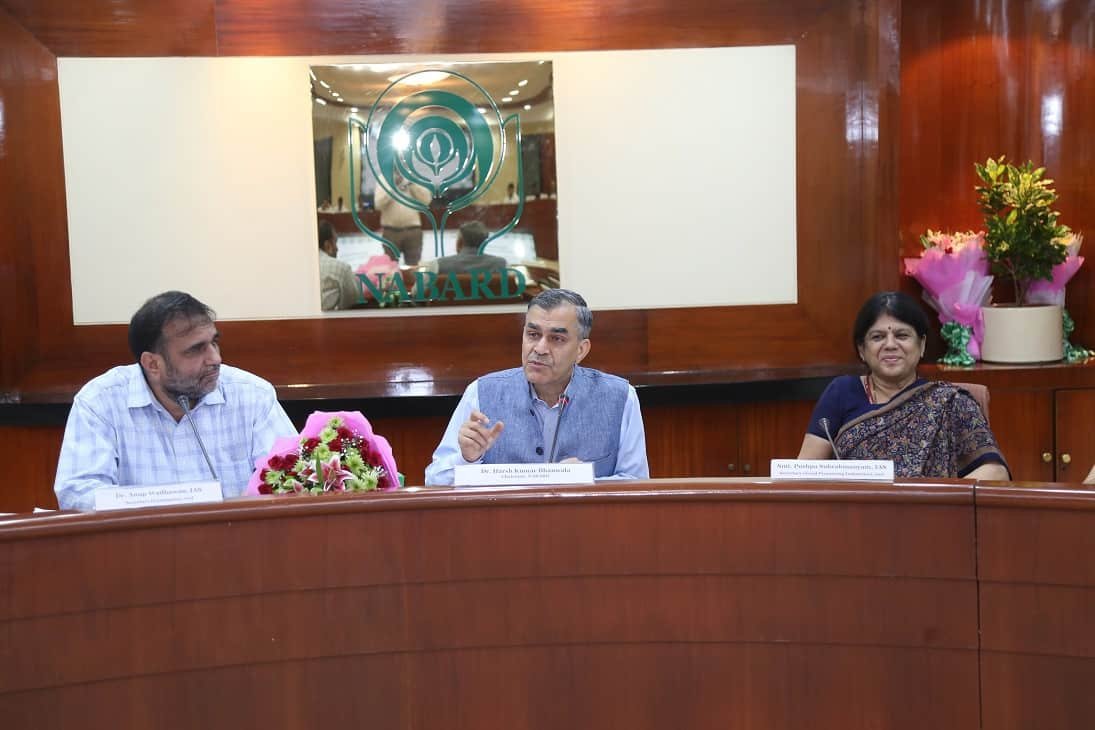Double-cropping helps Brazil achieve national grain boom
Increasing crop production without clearing new fields transforms Brazilian agriculture
A new study published in Nature Food by the University of Delaware quantifies for the first time the impact that double-cropping had on helping Brazil achieve its national grain boom.
Jing Gao, assistant professor of Geospatial Data Science in the University of Delaware’s College of Earth, Ocean, and Environment (CEOE) and Data Science Institute (DSI), was a co-author on the study that included collaborators from institutions in China and Brazil.
Gao contributed to the team efforts by examining agriculture census-related data gathered from the Brazilian Institute of Geography and Statistics (IBGE), and identifying spatial patterns and changes that occurred over time in three key agricultural regions with regards to food production: the Centre-West, Southeast-South, and Matopiba regions in Brazil.
These three regions covered 36 per cent of Brazil’s territory and accounted for 79 per cent of the national soybean production and 85 per cent of the country’s corn production in 2016. The Centre-West area showed the biggest increases in production as well as cropland expansion.
The increase in grain production in the Centre-West can be attributed to cropland expansion as well as double-cropping.
Contributions from double-cropping in the Centre-West increased from 19 to 33 per cent from 2003 to 2016. While the increase in soybean production was largely due to cropland expansion- soybean fields account for more than one-third of Brazil’s cropland – the increase in corn production could be linked to the practice of double-cropping. In the Centre-West, the agricultural area for second season corn- or the corn grown after the first season soybean is harvested- increased from 26.3 to 66.6 per cent from 2003 to 2016, and in 2012, the second season corn crop surpassed the corn grown during the first season as the main source of corn nationwide.
The researchers also found that the strongest driver behind this rapid increase in grain production has been the rising demand for corn and soybean exports from Brazil on a global scale.
Increasing crop production without clearing new fields














